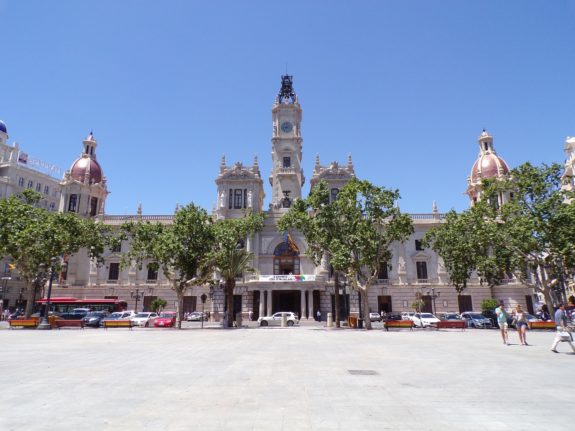Brits who are living in Spain with a Spanish or EU spouse or partner might not have immediate plans to move back to the UK, but new post-Brexit requirements mean that the process is already more complicated, and is set to get more difficult still from next year.
After British media highlighted a series of stories of Brits left stranded when their EU partners could not get the necessary paperwork, campaign groups are urging UK nationals to plan ahead, in case they want to move back in the future.
Jane Golding, chair of the campaign group British in Europe, said: “Families considering a move now need to be aware that the process is time-consuming and complex, and that non-UK family members will first need to apply for an EU Settled Status family permit from outside the UK before the end of March 2022 and only when they have that and move to the UK will they be able to apply for EU pre-settled status.”
Before Brexit kicked in, Brits who had moved to Spain, fell in love, and found a Spanish partner or spouse could move back to the UK with their partner without much hassle, but that has now all changed.
UK nationals can of course move back at any time they chose, but their EU spouses or partners now face lots of extra forms and paperwork to be allowed to live in the UK.
March 2022 deadline
From March 31st, 2022, the EU spouses of UK nationals will have to apply for a full visa and go through a lengthy process, if they wish to move to the UK. This includes fulfilling qualifications around language, skills and having sufficient financial resources. Those who don’t meet the criteria may not be allowed to enter, even though they are married to a Brit.
Settled-status permits needed
But what if you want to move before the March 2022 deadline? Unfortunately, as the UK has already left the EU there is still more paperwork to fill out than before. Your EU partner will first need to apply for an EU Settled Status family permit before they enter the UK, and then once in the UK apply for EU pre-settled status.
At first, this process may appear simple, but UK media has reported many cases where the process has taken months or was rejected for seemingly false reasons. This has left families divided and wondering whether moving back to the UK really was the best idea.
Those considering moving to the UK are therefore advised to leave plenty of time for this, and not rely on doing it last minute before the March deadline.
Jane Golding said: “We are worried that there are many families across the EU who do not understand the implications of stringent immigration rules now applying to UK citizens in the EU”.
“Many of us have older relatives in the UK who may need our care, or we had always planned to retire to the UK to be near family,” she added.
“The grace period given until the end of March 2022 is simply not long enough for families to make decisions to uproot and then arrange to return to the UK. We continue to lobby for a longer grace period.”
You also need to be aware that children without British citizenship will also need to go through the whole immigration process once they reach the age of 18.
READ ALSO:



 Please whitelist us to continue reading.
Please whitelist us to continue reading.
Member comments